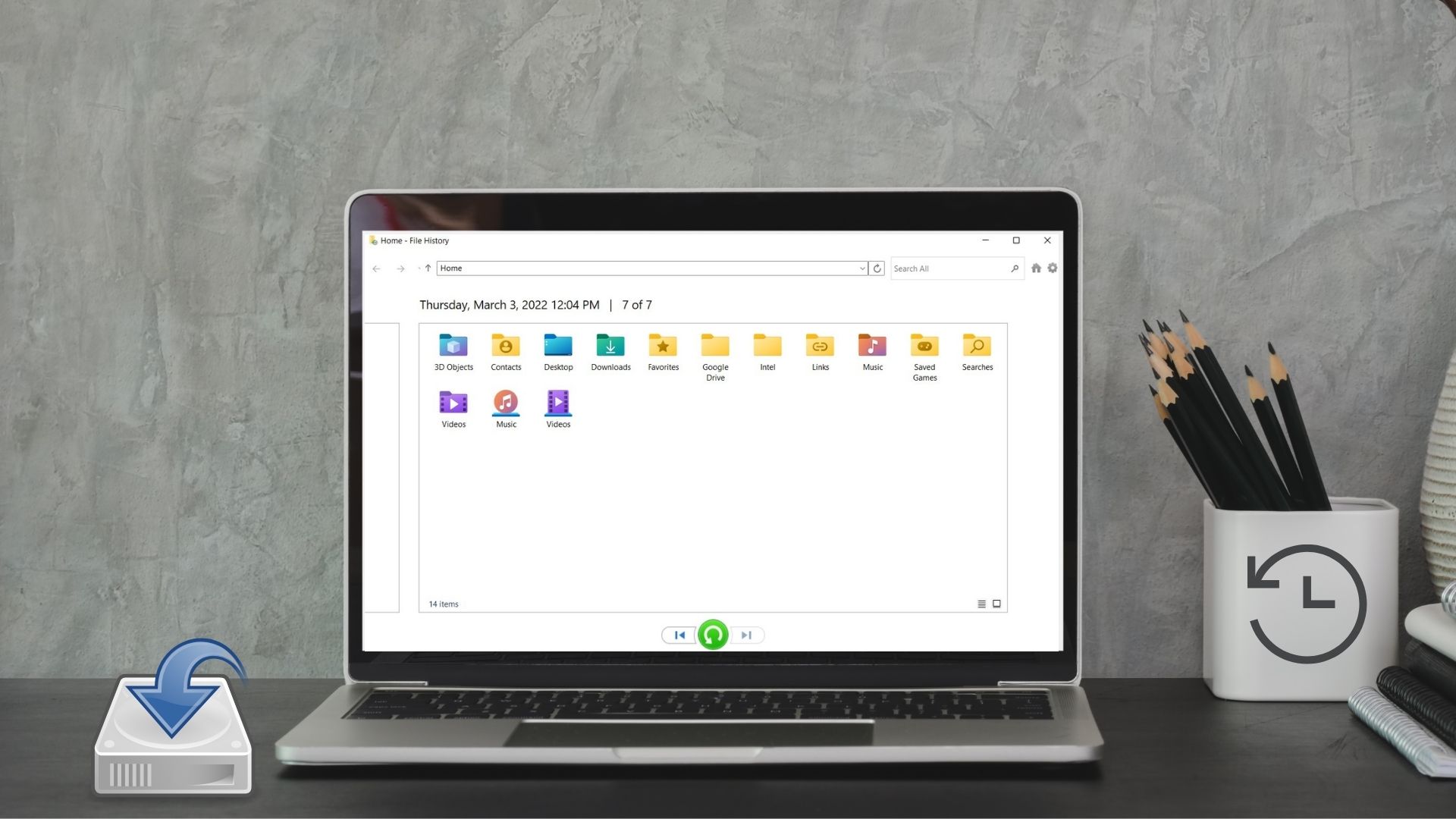Whenever things go south, you can use these restore points to go back to the previous state of your PC. Essentially, you’ll be able to undo the bad changes made to your system. This post will cover how to enable, create, and use the system restore point on Windows 10.
How to Enable System Restore on Windows 10
As the system restore function doesn’t come pre-enabled on some computers, you need to enable it first so that Windows can automatically create a system restore point before making a system-wide change or tweak. Here’s how. Step 1: Open the Start menu, type in restore and click on ‘Create a restore point.’ Step 2: In the System Properties window that opens, switch to the System Protection tab. Then, highlight the system drive (usually the C: drive) and click on Configure. Step 3: Select the ‘Turn on system protection’ option. Here, you can also use the slider under Disk Space Usage to specify the amount of storage to be allocated for the system recovery feature. Note: Windows assigns 3 – 10 percent of storage space for System Protection. Once that storage gets filled up, it will delete previous restore points to store new ones. If you want to create a fresh system restore point, you can also click on the Delete button to remove all previously created restore points. Step 4: Finally, click on Apply and then OK. And that’s about it. From now on, Windows will automatically create a restore point once every week. Plus, it’ll also create a restore point automatically right before a major system update or making major system changes. While this only enables the system protection for the selected drive, you can repeat the process for the rest of the drives as well.
How to Manually Create a System Restore Point in Windows 10
While Windows automatically creates system restore points, you can also create one manually. This can be handy when trying an early build or tweaking unknown Registry settings on your PC. Now there are a couple of ways you can go about this. The first one involves using the System Properties window, while the second one uses the command prompt. Here are both.
Method 1
To manually create a restore point, you can use the same System Properties window to enable the system restore function. Here’s how. Step 1: Open the Start menu, type in restore and click on ‘Create a restore point’. Step 2: In the System Protection tab, click on the Create button under Protection Settings. Step 3: Give the restore point a name to easily identify it later on. Step 4: Wait for a few seconds for Windows to create the restore point and click on Close. Now you’ve got a restore point to revert to whenever something goes wrong while performing a system change or modifying settings.
Method 2
Alternatively, you can also use the Command Prompt to create a system restore point on Windows 10 manually. Here’s how. Step 1: Open the start menu, type in cmd to open Command Prompt. Select ‘Run as administrator’ to open it with admin rights. Step 2: Type the command mentioned below and press Enter. Replace the RestorePointName text between the quotes with the name you want to assign to the restore point. You’ll see a message that reads Method execution successful and ReturnValue = 0, indicating the restore point was created.
How to Use System Restore Point in Windows 10
Now the day has arrived, one of the updates or modifications went bad, and you want to undo your deed by going back to a specific system restore point. Here’s how you can put the restore points to use. Step 1: Open the Start menu, type in system restore and click on ‘Create a restore point.’ Step 2: In the System Protection tab, click on the System Restore button. Step 3: You’ll be provided with the latest restore point in the Recommended restore option. Alternatively, you can also pick a different restore point by selecting the ‘Choose a different point’ option. Here, you can click on ‘Scan for affected programs’ to see the list of the programs that will be removed or restored during the restoration process. Step 4: Lastly, you’ll be asked to confirm the system restore point. It’ll show you the date and time of the restore point. Click on Finish to initiate the restoration process. Now your PC will restart, and the restoration process will begin. Wait for it to finish, and you’ll be back to a previous state. Remember, System Restore also creates a restore point right before reverting to an older one. So you can always move back to where you were.
Backup Plan
Creating a system restore point at regular intervals can be helpful in case of an emergency. This way, you won’t lose all of your data and can avoid resetting your PC. Therefore, creating restore points at regular intervals can help while troubleshooting your Windows PC. The above article may contain affiliate links which help support Guiding Tech. However, it does not affect our editorial integrity. The content remains unbiased and authentic.















![]()





